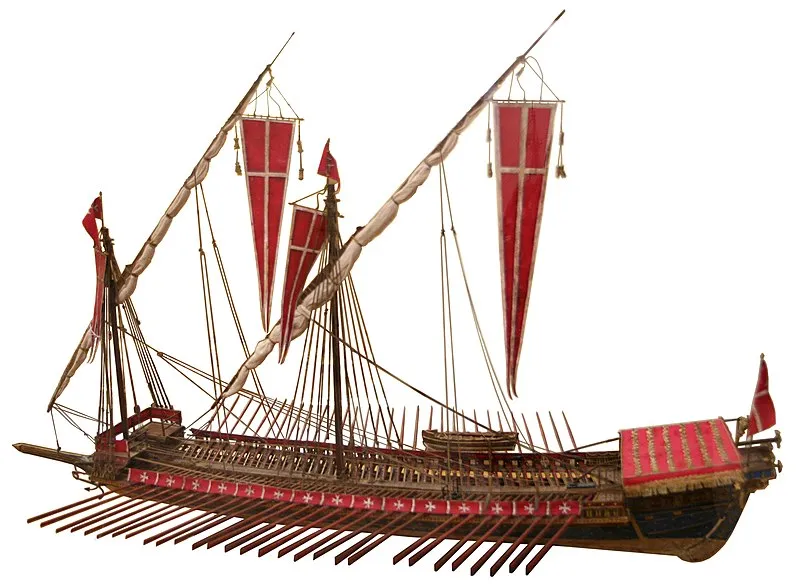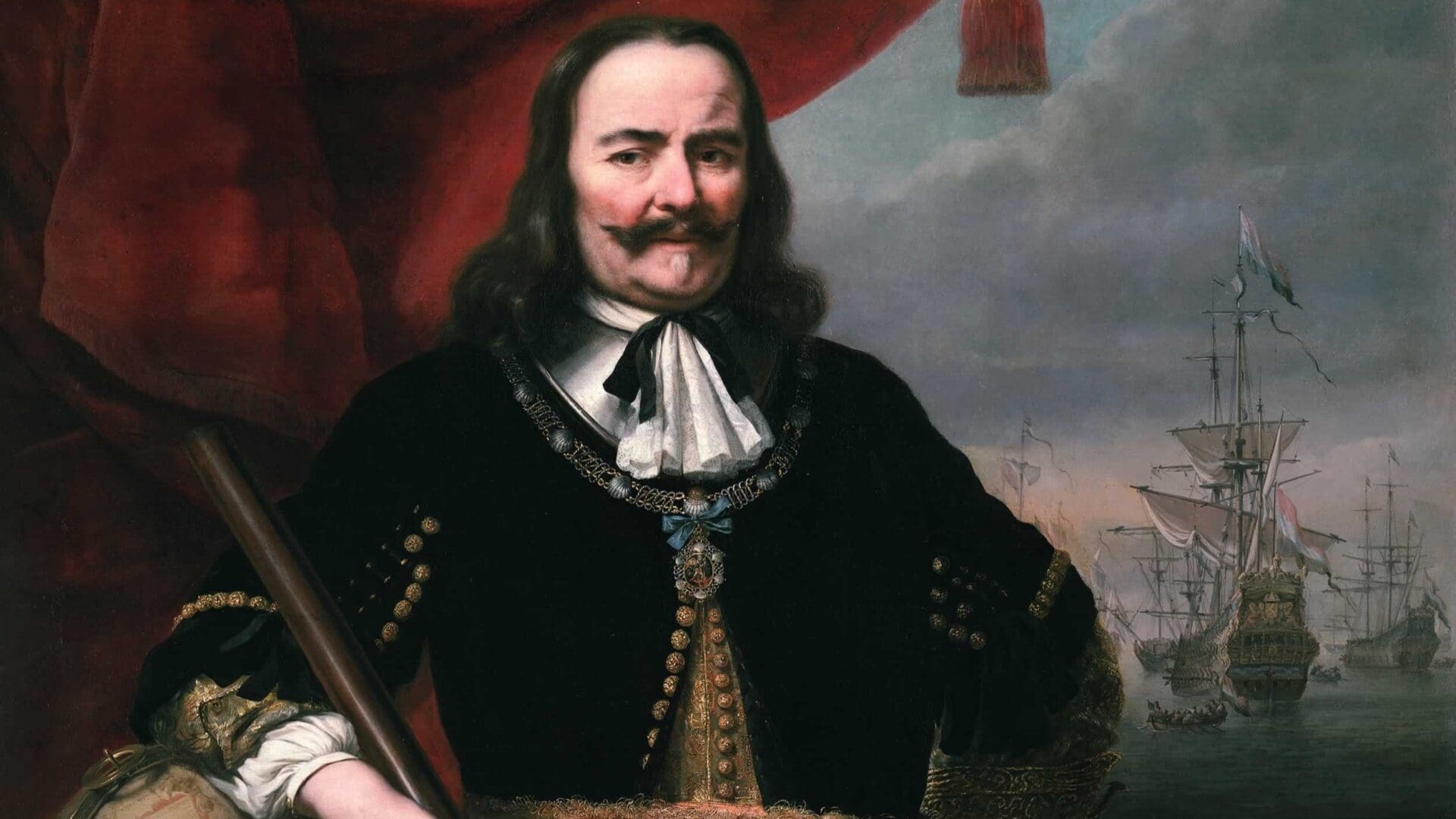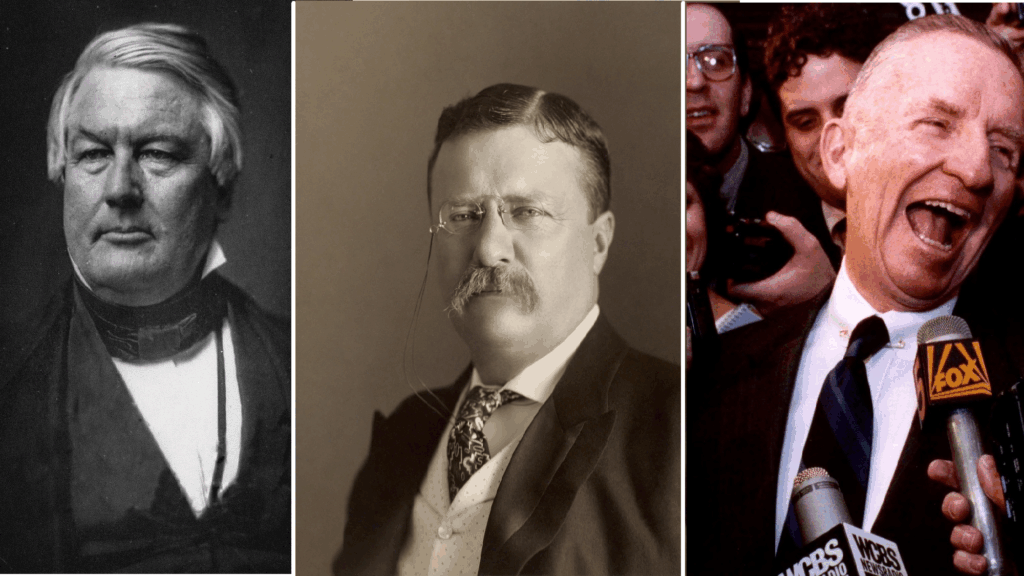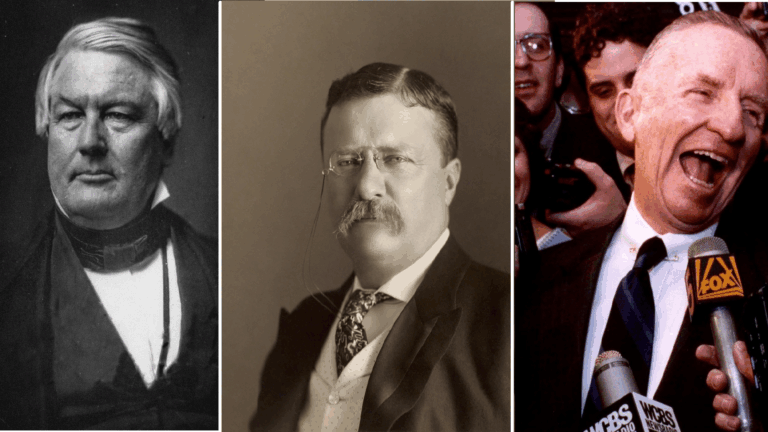The Protestant Reformation spread rapidly in the Kingdom of Hungary and by the end of the 16th century, about 90 per cent of the country’s population had converted to one of the Protestant denominations. More than half of the population became Calvinist, and a quarter became Lutheran.
The victory of the Ottoman Turks at the Battle of Mohács in 1526, which led to the fall of the medieval Hungarian State and the division of the Kingdom into three parts, played a major role in the rising popularity of Lutheran and Calvinist doctrines: after the defeat, the Ottoman Empire, the Principality of Transylvania, and a small part of the Kingdom of Hungary were created on the territory of medieval Hungary. This tragic event, a large part of society thought, would not have happened if the Catholic Church had not deviated from the original pure teachings of Christianity; but as a result, God punished the Christian believers of Europe for their moral corruption.
The division into three parts of historical Hungary did not only lead to the appearance of the Turks in the Carpathian Basin, but also to the Habsburg Dynasty claiming the throne of the remaining Kingdom of Hungary, which it soon obtained. The reign of the Habsburgs and their total commitment to the Catholic Church foreshadowed that
the population had to reckon with the use of unscrupulous means to re-convert Protestants as part of a Counter-Reformation.
In addition, the Habsburgs, who had also acquired the Hungarian royal title, were striving to establish absolutism, which in Hungary was greatly opposed by the nobility and the estates of the realm.
The issues of Protestant religious freedom and the self-government of the estates in Hungary therefore were closely intertwined starting with the Bocskai uprising between 1604 and 1606: religious justification provided a valuable ideological weapon for the ‘freedom fights’ of the estates. The sectarian resistance was backed by the Calvinist prince of Transylvania, who was always ready to intervene in defence of Protestant religious freedom and the self-government of the estates. Therefore, the Habsburg Court regarded Protestantism simply as the ideological expression of the nobility, that is, of the ‘spirit of rebellion’. In addition, it was part of the absolutist thinking of the era that only a mono-religious country could be politically united. That is why it was thought in Vienna that if Protestantism was the religion of the estates, then only Roman Catholicism could be the religion of absolutism. Regardless of the sectarian differences, however, the Hungarian Catholic nobility also defended their pivotal privileges, such as tax exemption with tooth and nail.
The 1670s were a testing time in the life of the Protestant Churches. On 5 March 1674, during the Counter-Reformation in Hungary, more than seven hundred confessing Protestants were summoned to appear before a special court in Pozsony (Pressburg, today Bratislava), during which some three hundred pastors and preachers appeared, as well as schoolmasters, cantors, and bell ringers.
The court accused them of lèse–majesté, high treason and offending the Catholic Church and demanded that they confess their ‘sins’ and convert to Catholicism.
István Séllyei, the superintendent (bishop) of the Transdanubian Reformed Church District, defended himself at the trial with the following words: ‘We are innocent, and if we are oppressed in our innocence, we must be peaceful sufferers…it is impossible that some of us should sell the freedom of our religion and our country, which our forefathers sought with the shedding of much blood, subjecting both our ecclesia and our country to intolerable yoke.’
The most steadfast of the summoned preachers, who refused to compromise in any way, were taken in small groups to dungeons, and more than forty pastors were taken to Naples, of whom only thirty-two survived,
and were sold as galley slaves.
Galley slavery was a humiliating and brutal form of punishment that spread from the early 14th century to countries around the Mediterranean. The captives were chained to the galley bench, their naked upper bodies were regularly whipped to encourage them to work, a stamp with the inscription ‘GAL’ (short for galérien, meaning ‘galley slave’) was put on their right shoulder, and their mouths were usually gagged to stop them from wailing. Often they were not allowed to return home even after serving their sentences, although most of the convicts died shortly after being sent to the galley. The records of Ferenc Ottrokocsi Fóris, himself a galley slave preacher, show that despite the considerable suffering, it was the constant cursing of guards and slaves that was the hardest to bear.

The fate of galley slaves caused a huge stir in the Protestant countries of Europe—even a collection was launched to free them. Two Swiss brothers, Georg and Philipp Welcz, organised a successful collection, the entire revenue of which they intended to send to the Viceroy of Naples for the release of the slaves, but the exchange was eventually blocked by the Jesuits. Nicolas Zaffius, a German-speaking Venetian pastor-doctor, was also particularly zealous in his efforts to free the galley slaves: he sent out many persuasive letters to influential scholars and university professors in England, Holland, Switzerland, the German states, and Vienna. Finally, it was a Dutch ambassador in Vienna, Hamel Bruyuiux, who succeeded in persuading his government to take diplomatic actions on the galley slaves’ behalf.
Finally, on 11 February 1676, the Protestant galley slaves were transferred to the ship of Dutch Admiral Michiel de Ruyter.
When Ruyter saw the tormented people, he cried out: ‘I have won many victories over all kinds of enemies, but this is the most beautiful victory, the deliverance of these innocent servants of Christ from the unbearable burden.’ Of the 32 pastors sold as galley slaves, only 26 were still alive.
A memorial outside the Reformed Great Church in Debrecen commemorates to this day the Dutch admiral as the saviour of the Hungarian Protestant galley slaves.
The persecuted Hungarian Protestants were not Christians because they suffered martyrdom—they suffered it because they were true Christians.
Sources used:
Central and Eastern European Reformed Presbyterian Church, ‘The Hungarian Galley Slave Preachers’, Reformatus.net, https://www.reformatus.net/a-magyar-galyarab-predikatorok
Erzsébet Horváth, ‘Protestáns gályarabok emlékezete’, Trianoni Szemle, Volumes 1 and 2/11, 2019, pp. 145–153.
Katalin Péter, ‘Magyarországi gályarabok 1674’, História, Volume 4/4, 1981, pp. 22–23.
Máté Millisits, ‘A protestáns gályarabok és de Ruyter admirális emlékezete’, Reformátusok Lapja, 13 February 2011, p. 8.
Related articles:








